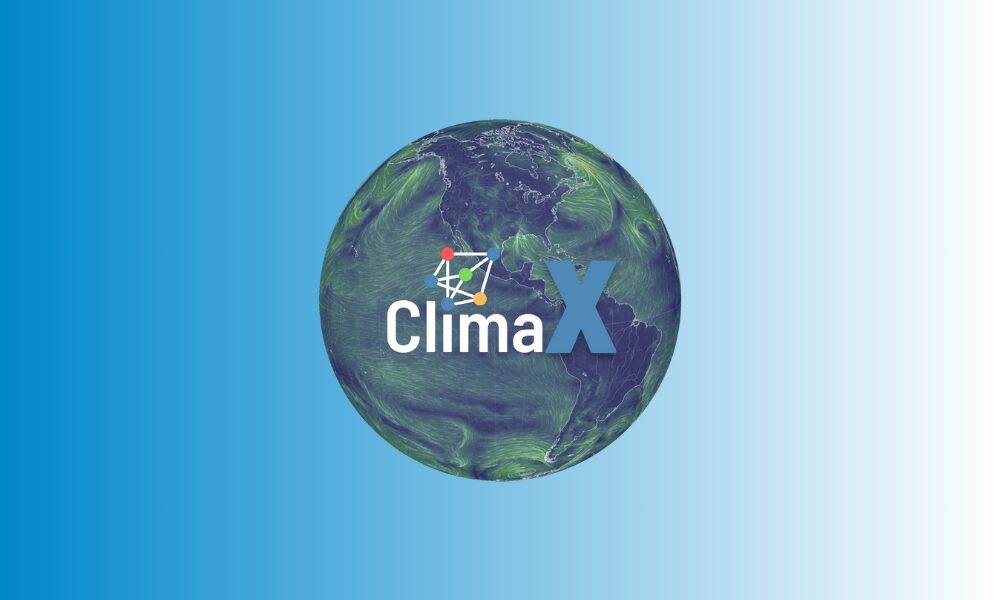By Karolina Stanislawska
We replicated the original experiment as described in [1] and, equipped with a good understanding of the prerequisites, we started building the first high resolution regional model for Iceland.
Recent years brought the advent of ML models for atmospheric simulations. Though still in the early stages, these models lay the groundwork for more sophisticated solutions. Many are built on the realization that weather data with different variables is quite like image data with various colour channels. This insight has inspired the application of models originally developed for vision tasks to weather forecasting. Examples of such models are ClimaX [1], based on Vision Transformer, and CorrDiff [2], based on a diffusion model.
ClimaX was originally designed as a base model for a variety of downstream tasks, with global forecasting as its primary goal. However, its architecture also supports regional modelling, which is of particular interest to us as we are exploring high resolution weather models.
We chose Iceland as we have both a rich history of creating dynamically downscaled re- analysis data-series and operational weather forecasts for the region. We hypothesized that higher resolution could offer better representation of local weather phenomena, and that modelling a smaller, more geographically unique region like Iceland would provide clearer results than attempting a global model. We selected our own set of variables, combining surface and sigma level variables – the model allowed for defining the training set according to our own choices. The preliminary results are promising, showing an RMSE comparable to the original global forecasting experiment. We are continuing to refine the model by incorporating more training data and pushing the resolution higher. While our training data has 2 km resolution, in the first experiments we scaled it up to 8 km to match the original domain size and accommodate our hardware limitations.
This project exemplifies how high-resolution analysis from an NWP (Numerical Weather Prediction) model can be integrated into an ML-based weather prediction system. Once we complete the training and experimentation phase, we plan to include this model in our operational weather forecasting suite, cf. Fig. 1.

Figure 1: The advent of machine learning foundation models for weather and climate has opened the door to more specialized applications. At Belgingur, we have a unique, 30-year, 2 km weather dataset for Iceland, which we are using to train our model. As a result, we are developing the first high-resolution ML-based weather forecasting model for Iceland.
Acknowledgements
This work has been in part funded by the VOR Reykjavik Energy Research Fund (grant number VOR23-094) and the Landsvirkjun Energy Research Fund (grant number NÝR-31- 2024).
References
[1] Nguyen, T., and co-authors, 2023. ClimaX: A foundation model for weather and climate. ArXiv, available on-line: https://doi.org/10.48550/arXiv.2301.10343
[2] Mardani, M., and co-authors, 2024. Residual Corrective Diffusion Modeling for Km-scale Atmospheric Downscaling. ArXiv, available on-line: https://arxiv.org/abs/2309.15214v4



